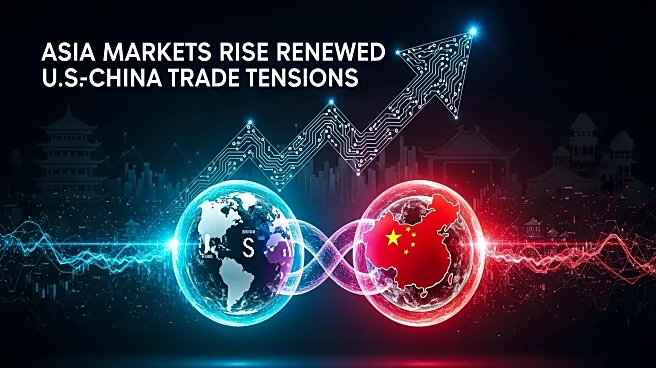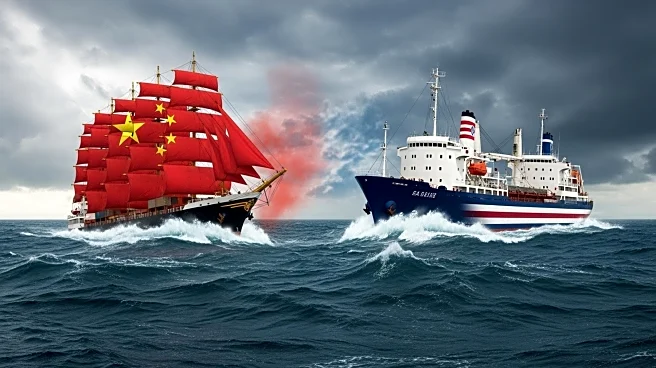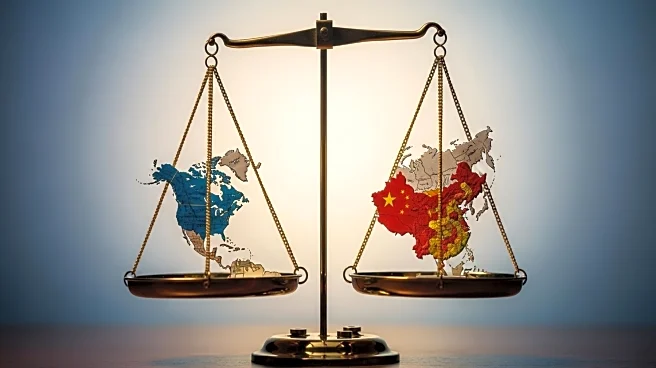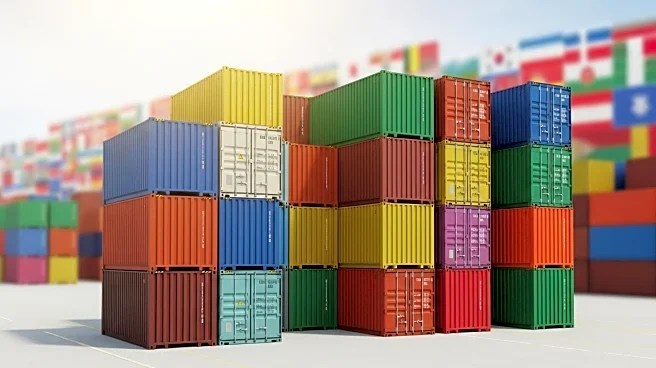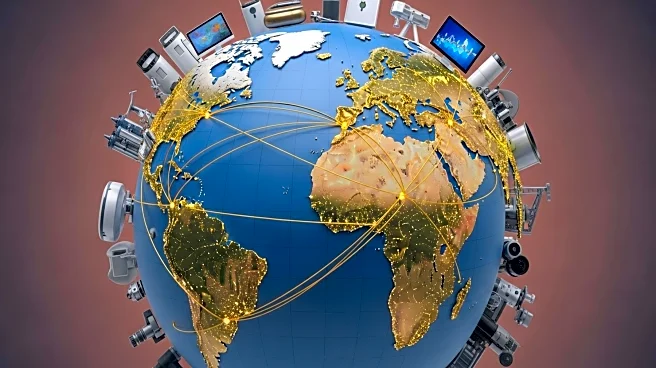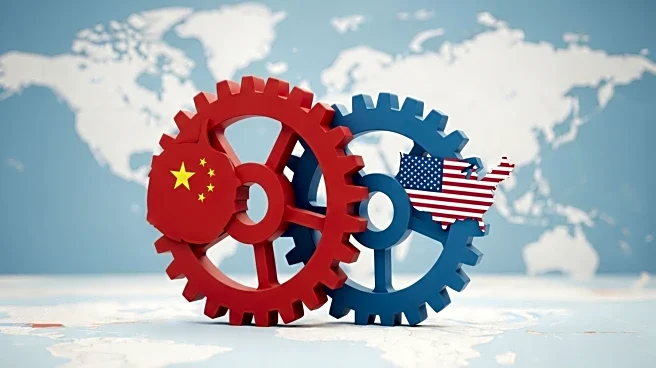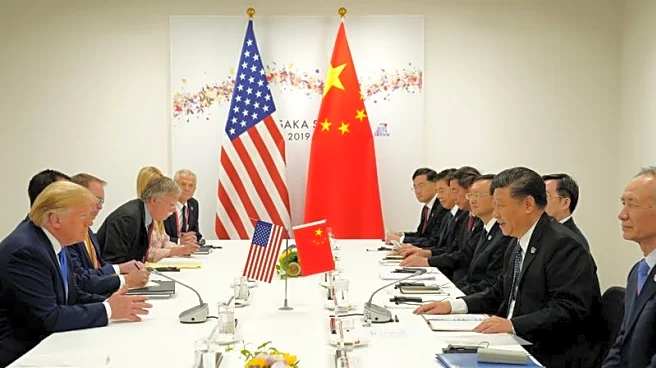What's Happening?
President Trump initially believed China's economy would struggle without U.S. consumers, but China has successfully diversified its exports to other regions. Despite a 27% drop in exports to the U.S., China has seen growth in exports to the EU and other areas. This shift has led to an overall increase in China's export market, challenging Trump's tariff strategy. The World Bank has revised its growth expectations for China, while U.S. growth forecasts have been lowered.
Why It's Important?
The diversification of China's export markets highlights the limitations of unilateral tariff strategies. While tariffs can impact specific trade relationships, they may not achieve broader economic goals if targeted countries find alternative markets. The situation underscores the complexity of global trade dynamics and the need for comprehensive strategies that consider multiple economic factors.
What's Next?
The U.S. and China may continue to explore diplomatic solutions to address trade tensions. Both nations could seek alternative trade agreements or concessions to mitigate the impact of tariffs. Stakeholders, including businesses and policymakers, will closely monitor developments to assess the potential for resolution or continued conflict.
Beyond the Headlines
The trade tensions highlight broader geopolitical dynamics and the strategic importance of economic relationships. The U.S. and China may need to address underlying issues related to trade imbalances and technological competition. Long-term shifts in trade policies could influence global economic dynamics and the balance of power between major economies.


